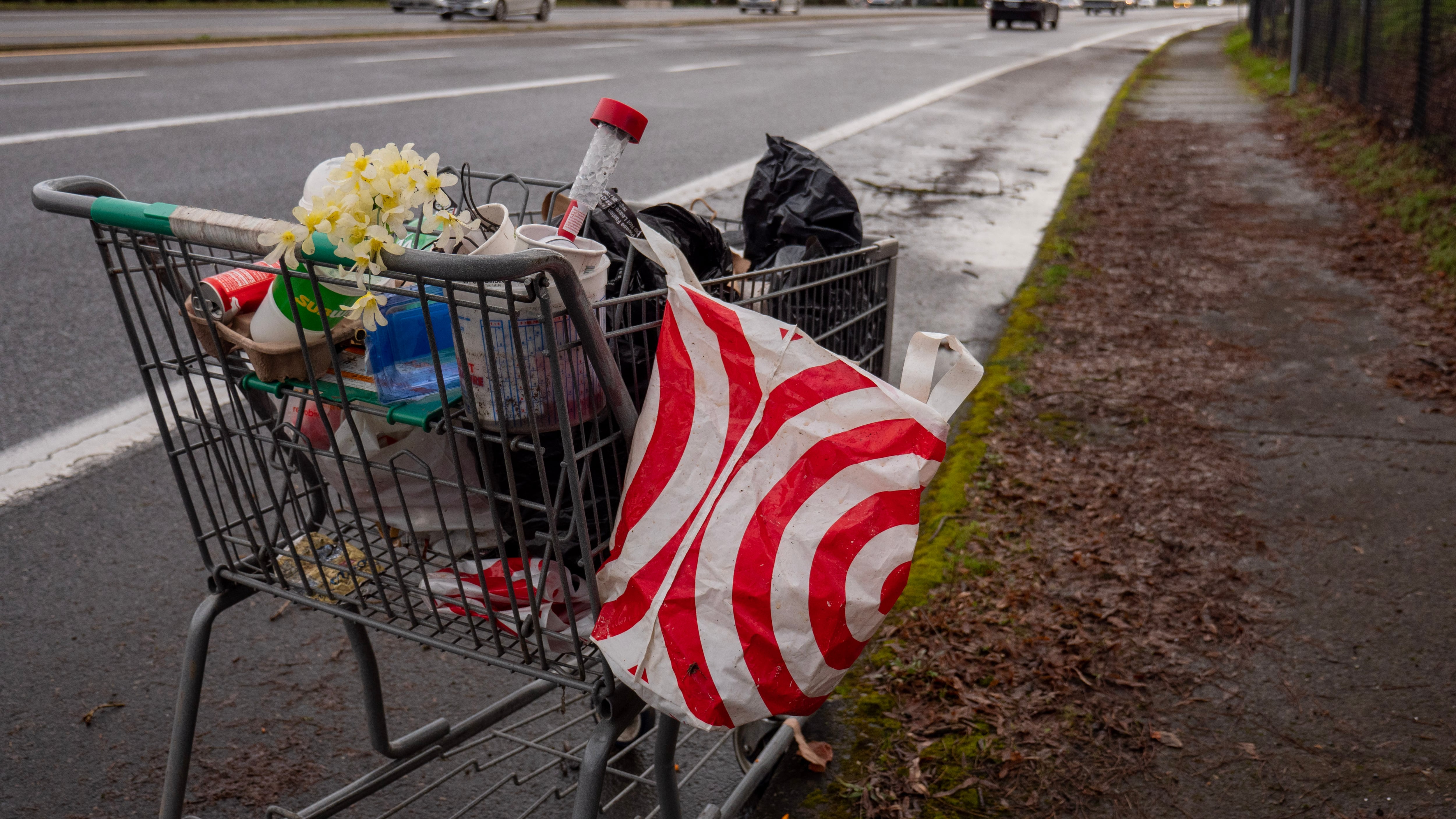One hundred twenty-six people without homes died in 2020 in the Portland area.
That’s according to the annual “domicile unknown” report by Multnomah County and Street Roots released on Wednesday, which offers details surrounding the deaths of the city’s most vulnerable residents. It’s the ninth year the county has released such a report.
This year’s number represents an 11% jump from 2019′s figure. It is the highest annual figure since local officials began compiling deaths on the streets.
While the increase in deaths among vulnerable people amid a pandemic that paralyzed daily life isn’t surprising, what stands out from the report is what killed people. Not a single person’s death was traced to COVID-19. Instead, most of the people who died were killed by drugs or alcohol.
Amphetamines, including meth, were an outsized killer in 2020—62 deaths involved meth or another amphetamine, and those deaths represent 78% of total deaths that involved some sort of substance. Overall, 62% of deaths involved a substance or multiple substances.
The highest concentration of deaths occurred in downtown Portland, Old Town and the inner eastside, where there’s a higher number of people living outside.
Not everyone was living on the streets at their time of death. Just less than half of those deaths occurred outside. Thirty-two people died in a hospital and 13 were staying at a motel or hotel.
There were eight homicides, and six of those involved guns. Four were ruled suicides.
Seventy-five percent of those who died were white, 11% were Black, and 7% were Hispanic. The average age of those who died was 46. One hundred were men and 26 were women.
The number of people who have died while homeless in the Portland area has steadily risen since the county began tracking deaths in 2011, with a significant spike in 2019 from prior years. In 2011, 47 deaths occurred; in 2015, 88; and in 2019, 113.
“The analyses have driven many of the county’s, and even the state’s, policy directions and advocacy around the life-and-death challenges people experiencing homelessness face,” Multnomah County Chair Deborah Kafoury said in a statement. “This report continues to inform our policies and interventions.”
Kafoury addressed the meth crisis in her comments, adding that critical to addressing it will be the creation of a behavioral health center downtown and Measure 110 funding meant to be poured into addiction and behavioral health resources.
